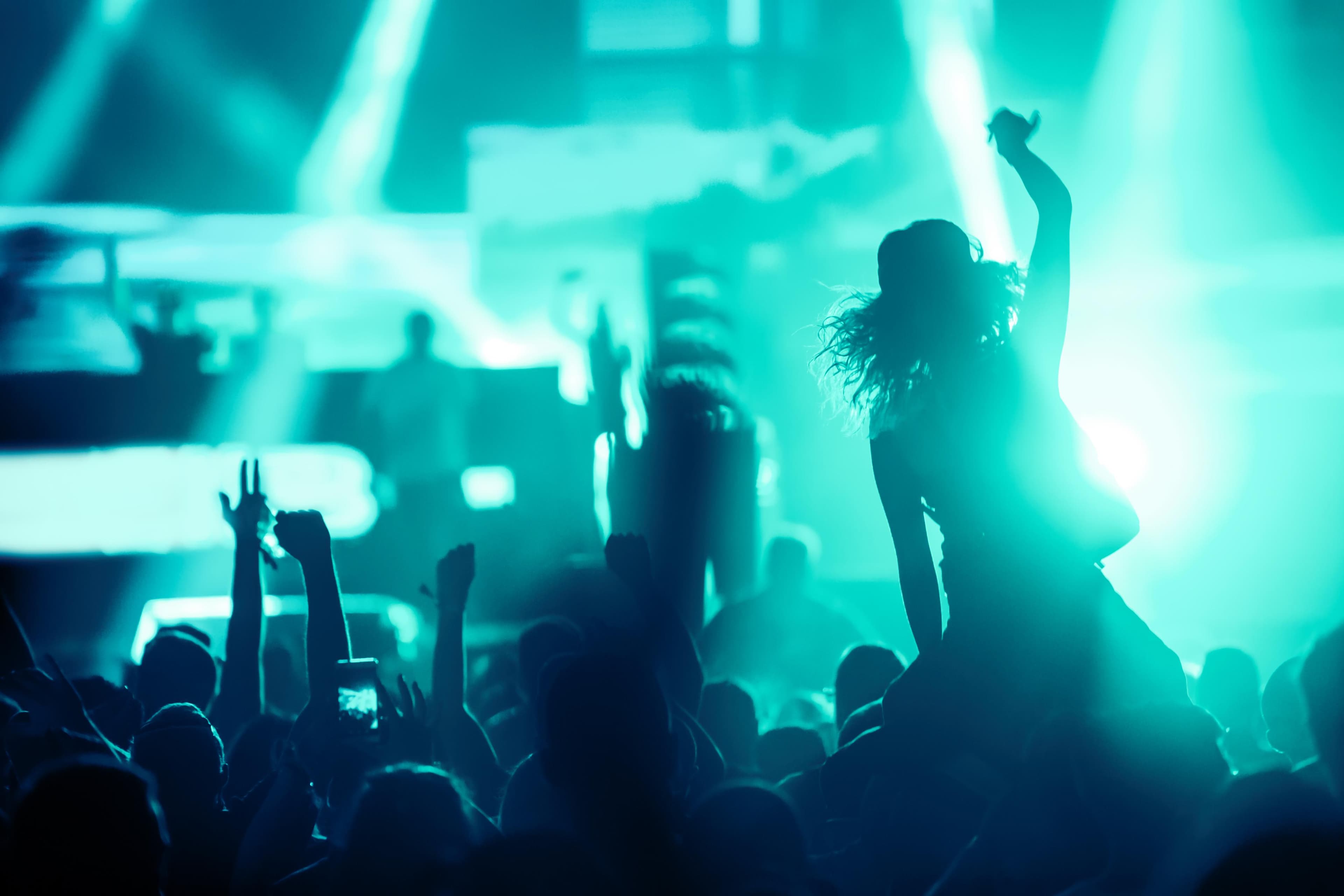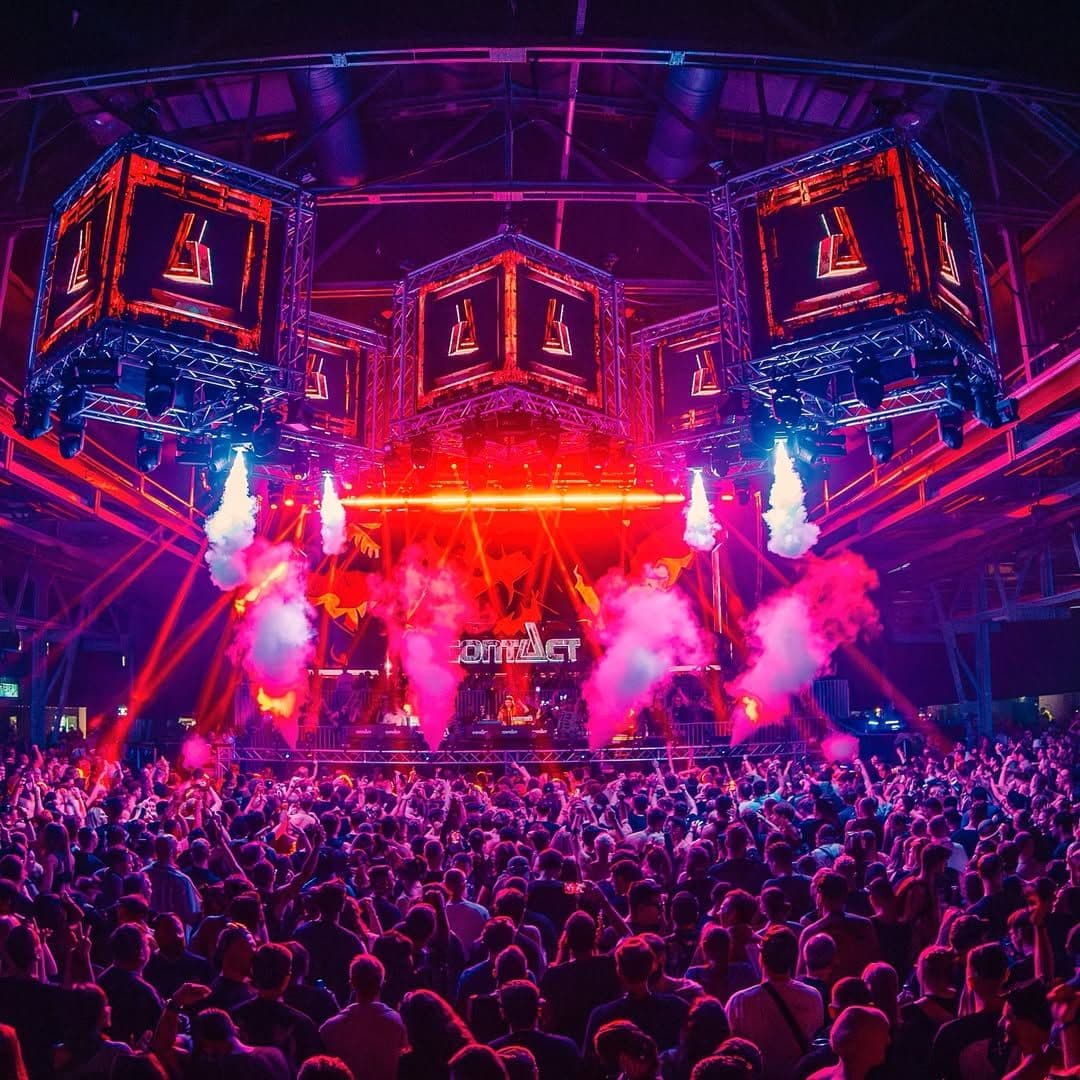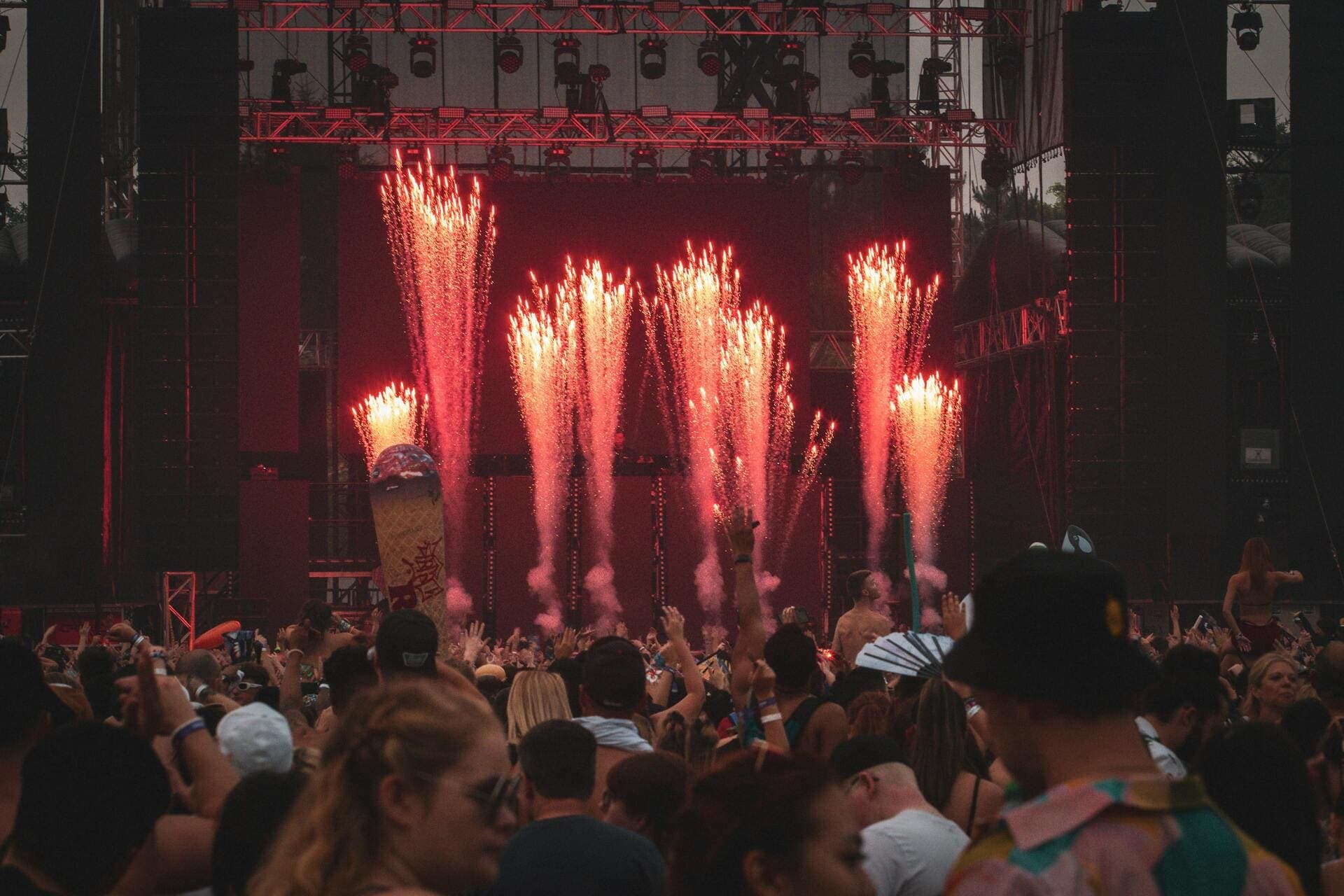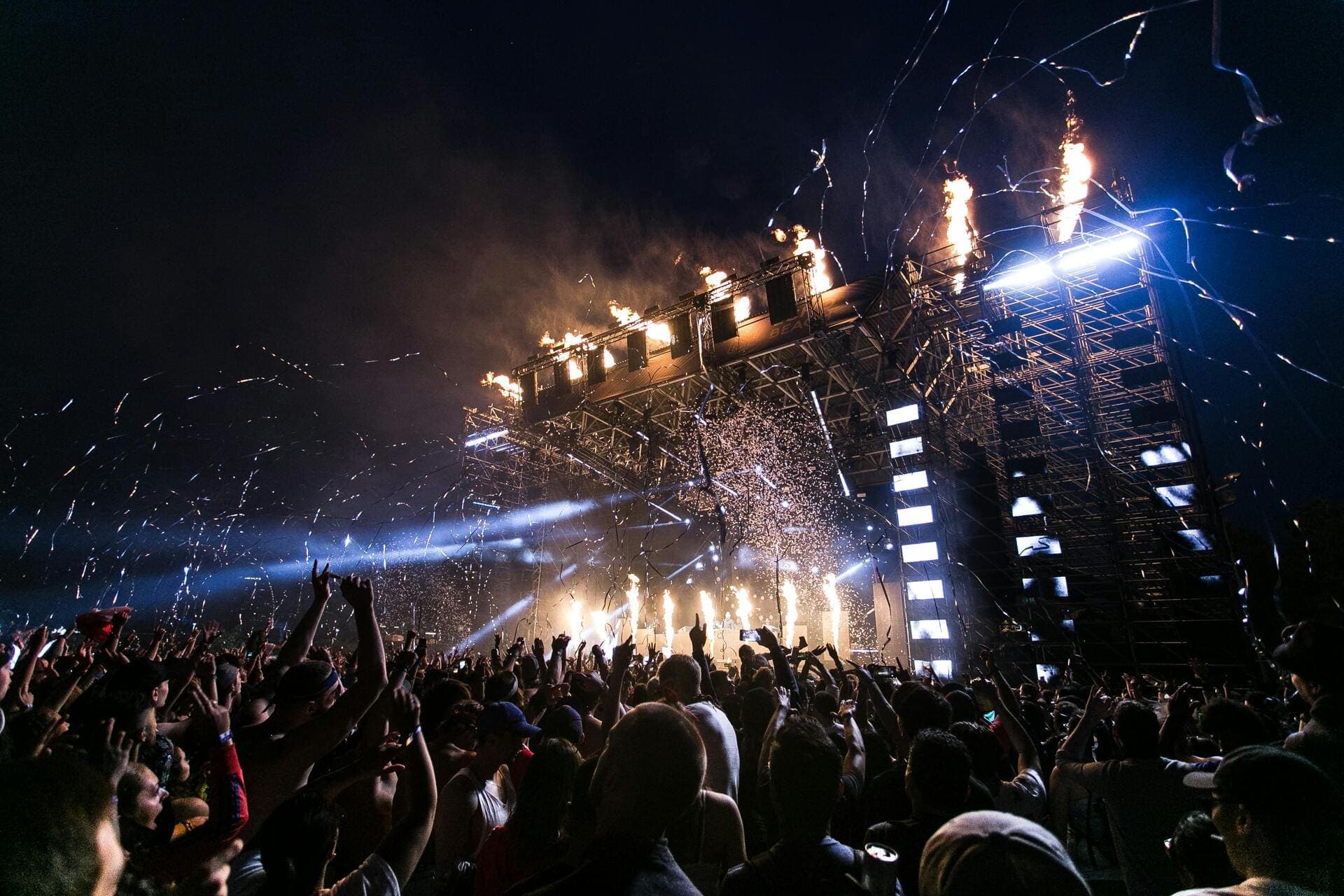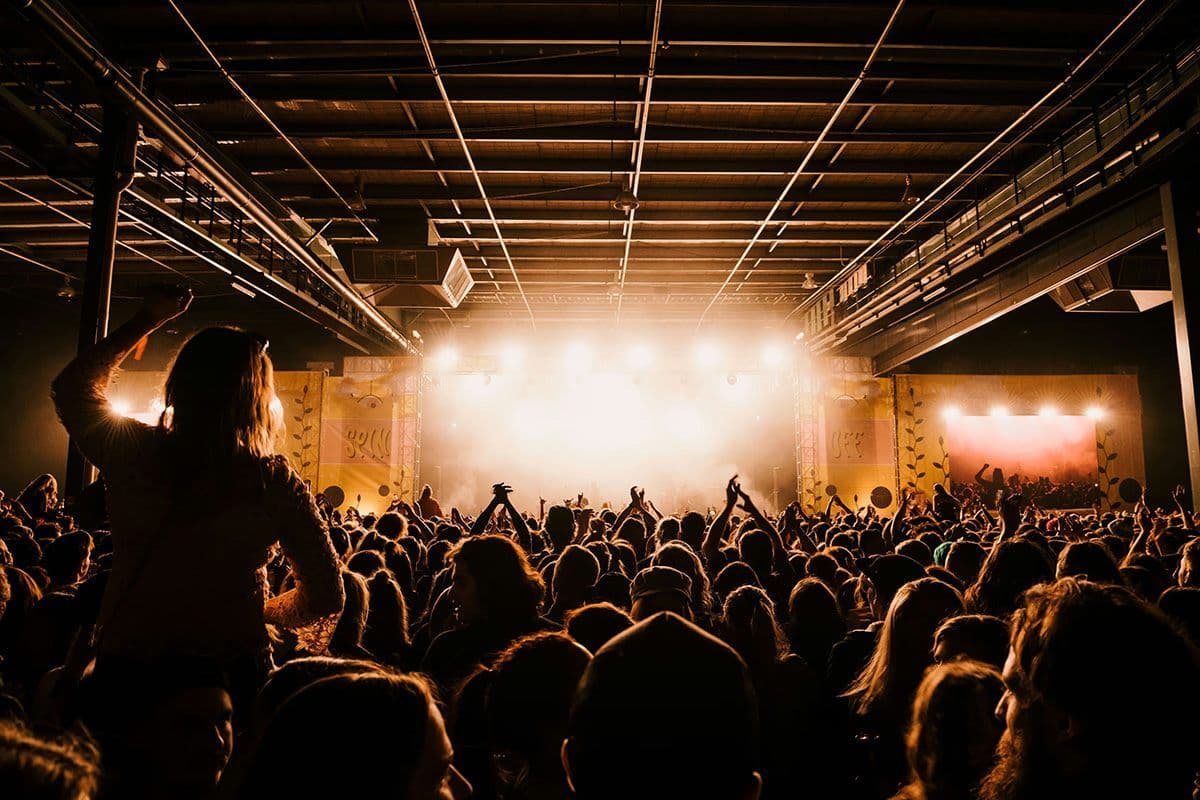Rave culture has traveled a long and vibrant road. It evolved from rebellious underground parties into one of the most captivating global music movements of our time. It wasn’t always about massive stages and fireworks. In fact, it started out quite differently, tucked away in secret spaces, where only those in the know could find their way. But as the years passed, what began as an act of resistance transformed into something much bigger—a force that’s hard to ignore.
Where It All Began: The Birth of Rave Culture
Flashback to the late 1980s in the UK, a time when people were yearning for something more than the predictable nightlife scene. Rave culture offered exactly that—a space to let loose, be free, and dance to something new and electrifying. These weren’t your typical parties either. We’re talking about illegal gatherings in warehouses, fields, and abandoned spaces. The organizers relied on word of mouth, or cryptic flyers, to keep the locations hush-hush. It felt like a movement, something different from the club scene, with its velvet ropes and dress codes. At the heart of these early raves was one thing: Electronic Dance Music (EDM). This wasn’t the EDM of today, with its big, polished drops. It was raw and experimental, blending elements of house music, techno, and acid house. DJs, in this world, were not just playing songs; they were taking you on a journey, and ravers were along for the ride.
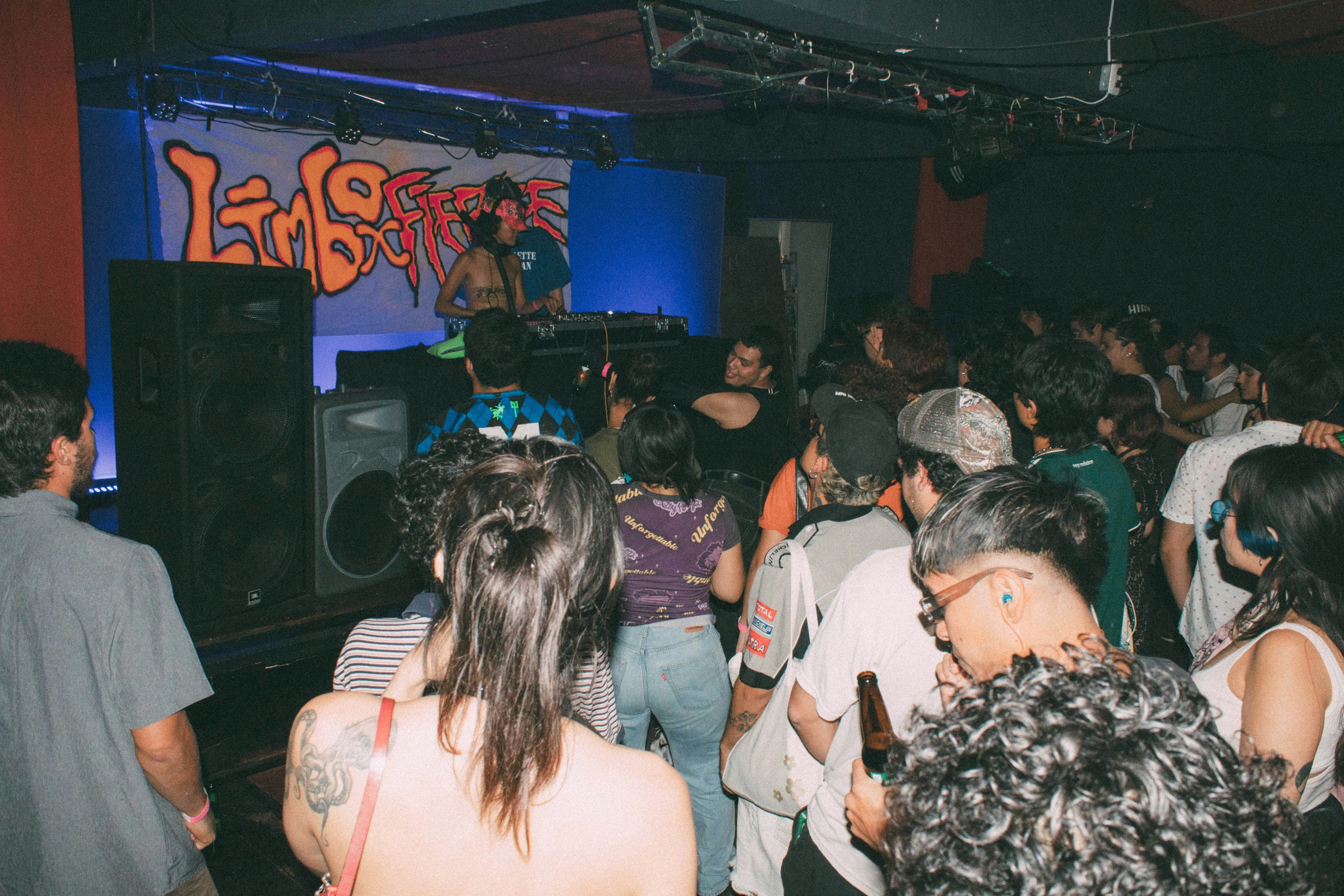
Why Raves Stood Out
It’s not just the music that made raves so special; it was the whole vibe. Think of it as a collision of people looking for the same thing—freedom, self-expression, and a chance to belong somewhere. Rave culture embraced everyone, no matter their background. In these dimly lit spaces, there was no room for judgment. All that mattered was the shared experience, the pulsing beats, and the energy that connected everyone on the dance floor. It was a way for people to escape their everyday lives and experience something purely euphoric.
Music as a Movement
And the music? It wasn’t just a backdrop—it was the lifeblood of the rave scene. The combination of house, techno, and later, harder genres like acid house, created a sound that was hypnotic and invigorating. DJs like Carl Cox, Frankie Knuckles, and Paul Oakenfold were more than just artists; they were pioneers, pushing boundaries and setting the tone for an entire generation of ravers. As EDM continued to grow, so did the rave scene, and soon enough, the movement began to catch the attention of authorities.
The Government's Attempt to Silence the Beat
Not everyone welcomed rave culture with open arms. In 1994, the UK government introduced the Criminal Justice and Public Order Act, which specifically targeted raves. This law made it illegal to hold gatherings with music defined by "a succession of repetitive beats." But instead of shutting the scene down, it did the opposite. It fueled the rebellious spirit of the rave community even further, with people finding more creative ways to keep the movement alive.
Rave Culture in the USA
By the early 1990s, rave culture had crossed the Atlantic and found a home in the United States. Cities like New York, Chicago, and Los Angeles embraced the movement with open arms. In the U.S., it wasn’t just the music that people loved—it was the feeling of belonging to something bigger, a community of like-minded people who were there for the music, the freedom, and the connection. This is when the underground rave scene truly started to thrive in the U.S. and began laying the groundwork for the massive EDM festivals we see today. Events like Electric Daisy Carnival (EDC) and Ultra Music Festival had humble beginnings but soon became the go-to spots for ravers from all over the world.
EDM Goes Mainstream
Fast forward to the early 2000s, and EDM had officially hit the mainstream. You could no longer hide this movement underground. Artists like The Prodigy, Daft Punk, and Fatboy Slim took the rave sound to new heights, filling arenas and selling millions of records. Rave culture was no longer just for the rebels—it had become something bigger, drawing in people from all walks of life. And with the rise of social media and streaming platforms, electronic music was more accessible than ever before. But with this mainstream attention came the inevitable commercialization. Suddenly, you had brands and businesses jumping in, trying to capitalize on rave culture. Festival fashion, neon accessories, and glow sticks became the norm. And while the movement had grown, some die-hard ravers worried that it was losing its original essence—that rebellious, underground spirit that had made it so appealing in the first place.
Rave Fashion: More Than Just Bright Colors
Let’s talk about rave fashion. Sure, there are the neon outfits and oversized accessories, but rave fashion is more than just looking colorful. It’s a form of self-expression. In those early days, what you wore to a rave was a reflection of who you were or who you wanted to be. Bright colors, DIY costumes, and bold accessories all became symbols of the carefree, expressive nature of rave culture. Each outfit told a story, whether you were making a statement or just having fun. It wasn’t about fitting in—it was about standing out.
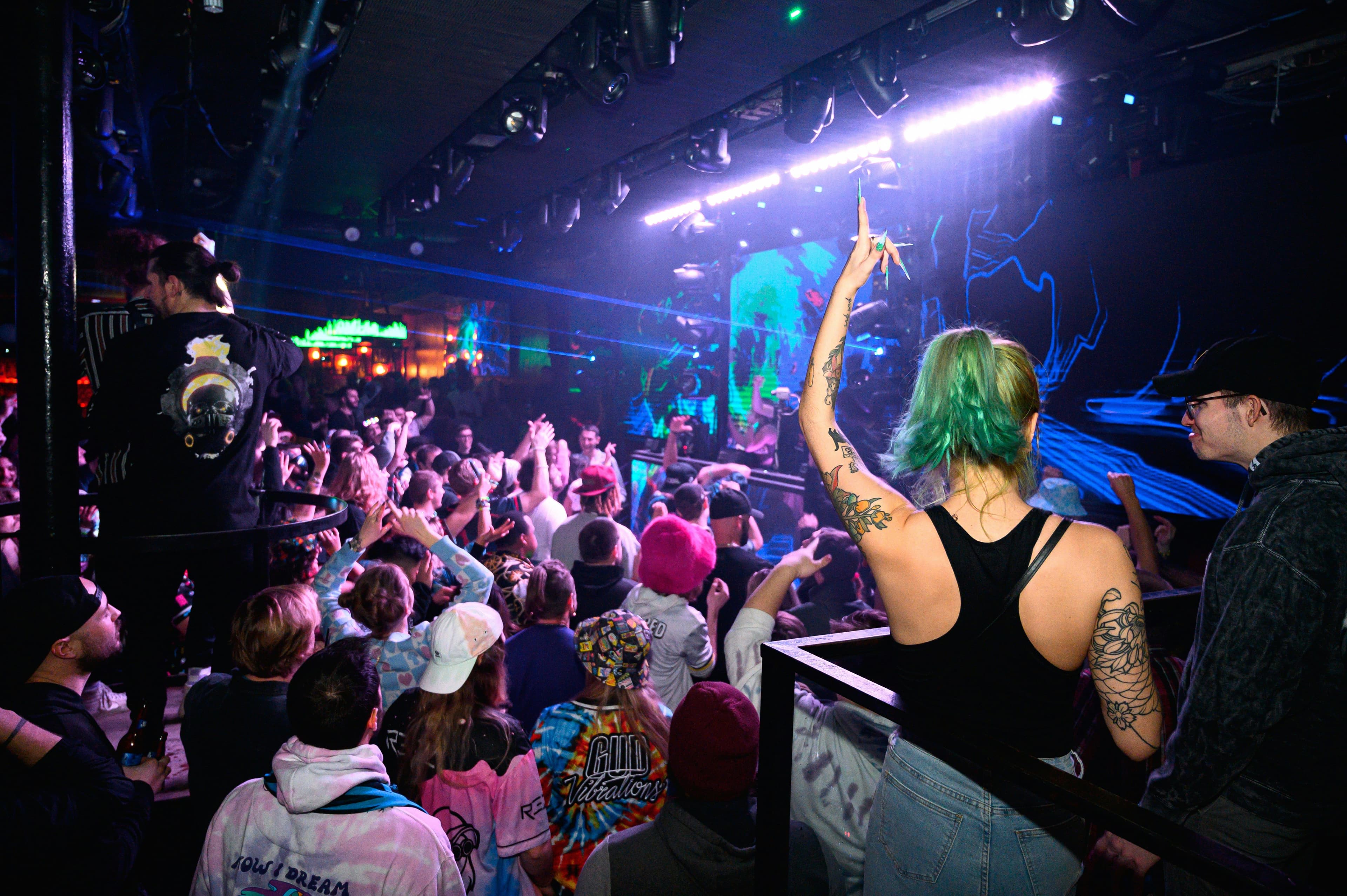
Rave Culture Today
Today, rave culture has spread across the globe, finding its way to every corner of the planet. Festivals like Tomorrowland in Belgium and Sónar in Spain draw millions of people, all united by their love of music. And then there’s Berlin, home to the most famous underground techno scene in the world. Even as rave culture has evolved, it continues to honor its roots. And while mainstream festivals continue to dominate, the underground scene is still alive and well. In fact, in recent years, there’s been a resurgence of smaller, more intimate rave events—just like the ones that started it all. People are returning to those old-school vibes, where it’s less about the big production and more about the music, the energy, and the people.
Why Rave Culture Remains Unstoppable
What makes rave culture so special? Why has it lasted through decades of change? The answer is simple: rave culture is built on connection. Whether you’re at a massive festival or a secret warehouse party, that feeling of being part of something bigger than yourself is what keeps ravers coming back. It’s about more than the music—it’s the sense of community, the freedom to express yourself, and the shared love of the beat that transcends language and background. And that’s why rave culture will continue to endure. As long as people are searching for a place to belong, a way to connect, and the freedom to be themselves, raves will keep lighting up the night.
